Higher classification Radiator plants | Rank Species | |
 | ||
Similar Radiator plants, Piperaceae, Ngai camphor, Piperales, Senna alata | ||
Silverbush shining bush plant clearweed peperomia pellucida
Peperomia pellucida (also known by common names pepper elder, shining bush plant, and man to man) is an annual, shallow-rooted herb, usually growing to a height of about 15 to 45 cm. it is characterized by succulent stems, shiny, heart-shaped, fleshy leaves and tiny, dot-like seeds attached to several fruiting spikes. It has a mustard-like odor when crushed. The family Piperaceae comprises about a dozen genera and around 3000 species. The genus Peperomia represents nearly half of the Piperaceae with the genus Piper making the rest.
Contents
- Silverbush shining bush plant clearweed peperomia pellucida
- Peperomia pellucida crab claw herbs how to collect seeds and sow
- Habitat
- Uses
- Pharmacology
- Traditional medicine
- Common names
- References
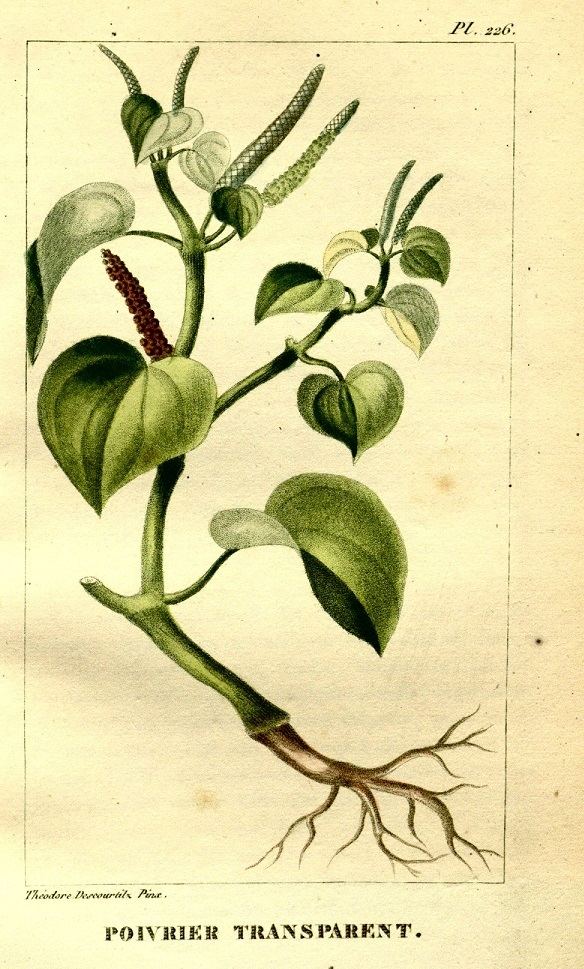
Peperomia pellucida crab claw herbs how to collect seeds and sow
Habitat
Flowering year-round, the plant is found in various shaded, damp habitats all over Asia and the Americas. It grows in clumps, thriving in loose, humid soils and a tropical to subtropical climate.
Uses
Peperomia pellucida has been used as a food item as well as a medicinal herb. Although mostly grown for its ornamental foliage, the entire plant is edible, both cooked and raw. It is also said that it can be a good refrigerant.
Pharmacology
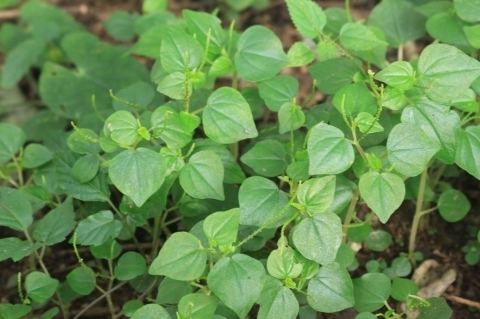
The analgesic properties of the plant seem to be related to its effect on prostaglandin synthesis. It may have potential as a broad spectrum antibiotic, as demonstrated in tests against Staphylococcus aureus, Bacillus subtilis, Pseudomonas aeruginosa, and Escherichia coli. Chloroform extracts from dried leaves of P. pellucida have been shown to exhibit antifungal activity against Trichophyton mentagrophytes in vitro.
Anti-inflammatory activity (in paw edema) and analgesic activity has been demonstrated in rats and mice.
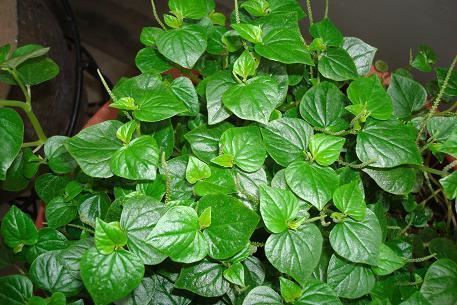
Although the plant can cause asthma-like symptoms in patients with known hypersensitivity reactions to the species, no clinical data have yet been reported on human toxicity.
Traditional medicine
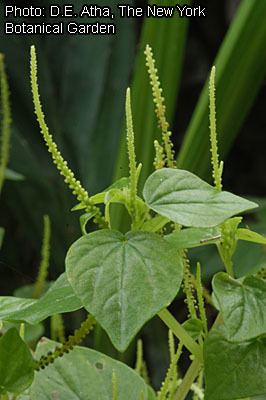
Ethnomedicinal uses for the plant vary. P. pellucida has been used for treating abdominal pain, abscesses, acne, boils, colic, fatigue, gout, headache, renal disorders, and rheumatic joint pain. In Bolivia, Alteños Indians use the whole plant to stop hemorrhages. The roots are used to treat fevers and the aerial parts are used as dressing for wounds. In northeastern Brazil, the plant has been used to lower cholesterol. In Guyana and the Amazon region, it is a popular cough suppressant, emollient, and diuretic. The plant is utilized for treating proteinuria. In the Philippines, a plant-based decoction is employed to reduce uric acid levels and address kidney-related issues. Additionally, it finds topical application in managing skin conditions, including acne and boils.
Common names
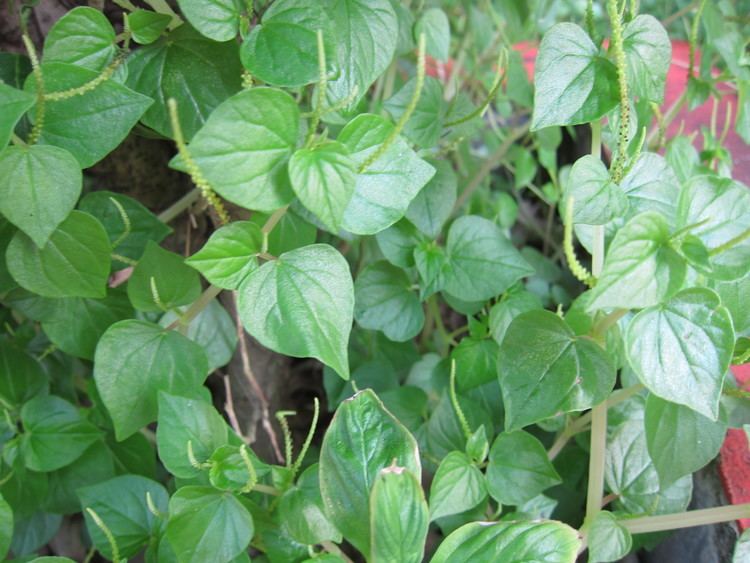
It is known as pepper elder, silverbush, rat-ear, man-to-man, clearweed (North America); prenetaria (Puerto Rico); konsaka wiwiri (Suriname); coraçãozinho or "little heart" (Brazil); lingua de sapo, herva-de-vidro, herva-de-jaboti or herva-de-jabuti (South America), corazón de hombre (Cuba). In Oceania, it is called rtertiil (Belauan); podpod-lahe or potpopot (Chamorro). In the different dialects of the Philippines, it is called pansit-pansitan or ulasimang-bato (Tagalog), olasiman ihalas (Bisaya), sinaw-sinaw or tangon-tangon (Bikol), lin-linnaaw (Ilocano) and "clavo-clavo" (Chavacano). In other parts of Asia, it is known as càng cua (Vietnam); pak krasang ผักกระสัง (Thailand); "krasang teap" ក្រសាំងទាប (Cambodia); suna kosho (Japan); rangu-rangu, ketumpangan or tumpang angin (Bahasa/Malay); rinrin (Nigeria), "shining bush" (Trinidad and Tobago), and mashithanduമഷിത്തണ്ട്, vellipachila and vella-paccha (Malayalam).
